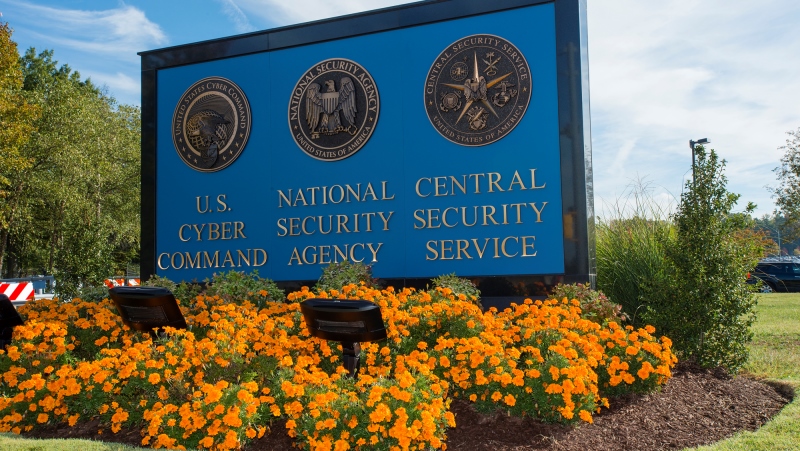
U.S. Cyber Command (USCYBERCOM) last week unveiled its AI roadmap, which aims to improve analytic capabilities, scale operations, and enhance adversary disruption.
The five-year strategy – presented by USCYBERCOM’s Deputy Director of Plans and Policy Michael Clark – outlines over 100 activities across mission areas including security, contested logistics, and national defense. Clark said that the plan addresses the need for continuous operations and rapid adversary disruption, as highlighted by recent studies and incidents.
“The integration of AI is a strategic necessity,” Clark said. “Our roadmap will incorporate AI into all aspects of our operations to better address cyber threats.”
According to USCYBERCOM, the initiative features a phased approach, starting with over 60 pilot projects and 26 new initiatives to integrate AI.
A new task force within the Cyber National Mission Force will lead the roadmap’s implementation. According to CYBERCOM, this task force will tackle challenges related to talent acquisition, infrastructure development, and policy constraints. Clark emphasized that overcoming these challenges is essential for effective AI adoption and achieving analytic superiority.
Clark also highlighted that successful implementation will depend on a coordinated strategy involving people, data, and infrastructure – and a shift from traditional methods to a comprehensive technology development approach.
The plan also includes enhancing partnerships with industry, developing sustainable technology, and designing a force to meet future needs. It also focuses on collaborating with the National Security Agency to advance computing and AI capabilities.
USCYBERCOM plans to use its services and industry partnerships to expand AI capabilities and maintain operational relevance. “The five-year strategy aims to position the command at the leading edge of technological innovation and cyber defense,” the agency said.
